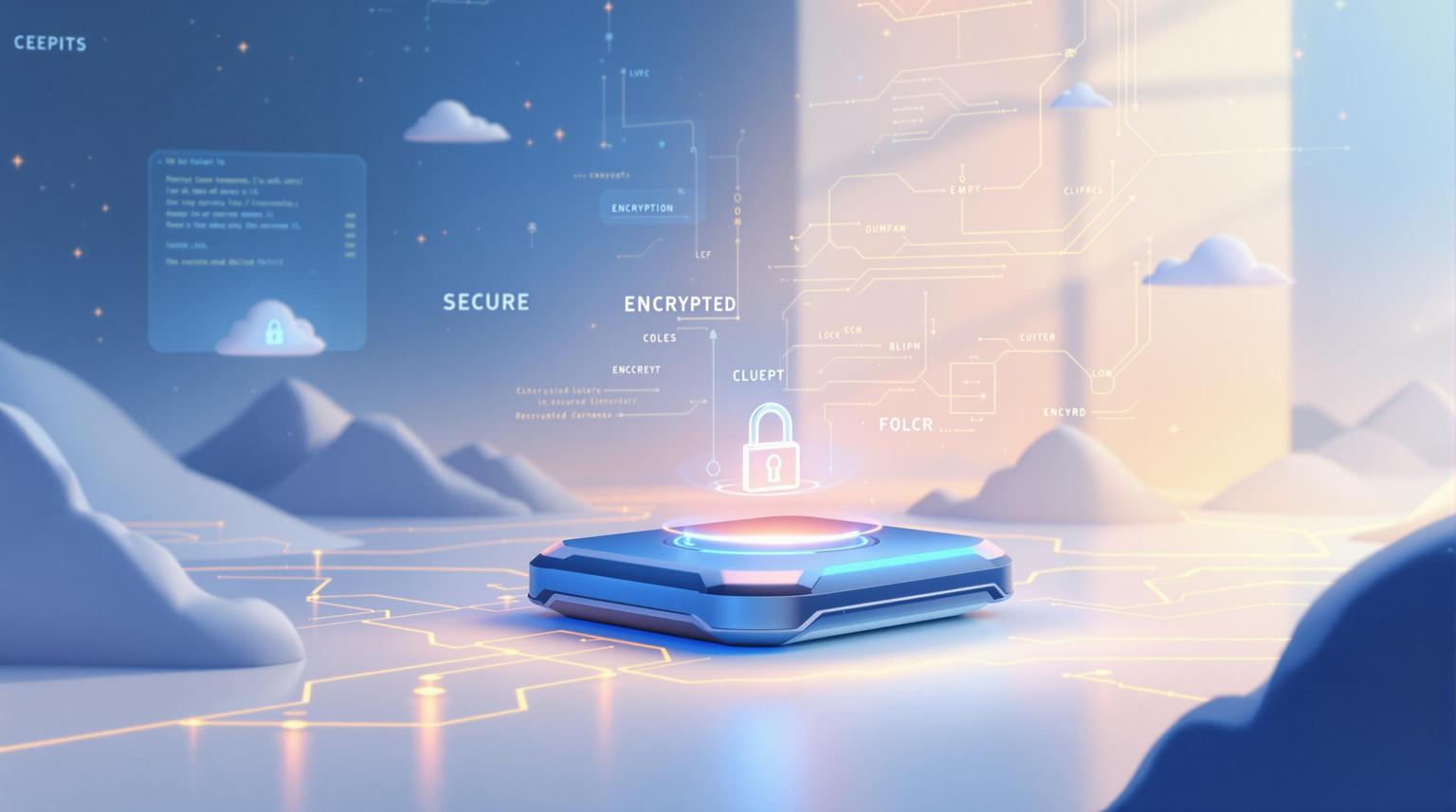


Learn essential steps for secure document sharing, including encryption, permissions, and monitoring to protect sensitive information.
Want to share documents securely? Here's how to do it right.
To protect sensitive information and avoid breaches, follow these essential steps for secure document sharing:
- Use secure platforms with end-to-end encryption and activity logs.
- Encrypt your files during storage and transfer using AES-256 encryption.
- Set permissions carefully with role-based access controls and regular reviews.
- Enable multi-factor authentication (MFA) for extra account security.
- Monitor access with activity logs and alerts for unusual behavior.
The most secure way to share a file through Google Drive ...

Security Checklist for Document Sharing
Here’s how to keep your shared documents safe:
Choose Secure Platforms
Pick platforms that offer end-to-end encryption, have compliance certifications, conduct regular audits, and provide detailed activity logs.
Encrypt Your Files
Make sure your files are encrypted both when stored and during transfer. Use strong encryption algorithms to add an extra layer of protection.
Set Permissions Carefully
Define role-based permissions such as viewer, editor, or admin. Group users by their teams, and regularly review and update access rights.
Turn On Multi-Factor Authentication (MFA)
Add an extra layer of security by enabling MFA. This ensures accounts are protected beyond just passwords.
Once these basics are covered, you can focus on fine-tuning permissions and monitoring activity.
Managing Document Permissions
Review Access Rights
- Set up a regular schedule (monthly or quarterly) to review document permissions for each role or team.
- Assign someone responsible for auditing access and ensure outdated or unnecessary permissions are removed promptly when roles or projects shift.
After updating permissions to match current responsibilities, focus on enforcing secure sharing methods to prevent improper distribution.
sbb-itb-bfaad5b
File Encryption Methods
Storage and Transfer Encryption
To secure files both in storage and during transfer, rely on AES-256 encryption. This ensures files stay protected, even if someone gains access to the storage system.
- Use full-disk and container encryption
- Assign unique AES-256 keys for different security levels
- Apply transparent encryption for files stored in the cloud
Secure Transfer Methods
For secure file transfers, follow these practices:
- Use TLS 1.3 or higher for all communications
- Opt for SFTP when transferring large files
- Implement certificate pinning and enable perfect forward secrecy
For added protection, enable automatic protocol negotiation to ensure the most secure settings are always applied.
Auto-Encryption Tools
Auto-encryption tools simplify the encryption process by automating key management, AES-256 encryption, and secure file transfers.
Key features to consider:
- Zero-knowledge encryption to ensure only you can decrypt your data
- Automatic key rotation to regularly update encryption keys
- Transparent encryption for files upon upload
Choose tools that provide detailed control over encryption settings without complicating workflows. This approach helps maintain both security and efficiency, especially when sharing sensitive documents.
User Security and Tracking
Once encryption and permissions are in place, it's crucial to secure credentials and keep a close eye on system usage.
Password Guidelines
- Require passwords to be at least 12 characters long, including uppercase letters, lowercase letters, numbers, and symbols.
- Set passwords to expire every 90 days.
- Automatically lock accounts after five failed login attempts.
Access Monitoring
- Keep logs of timestamps, user IDs, and IP addresses for all access attempts.
- Trigger alerts for five consecutive failed login attempts or access during unusual hours.
Regular Security Updates
- Conduct weekly vulnerability scans to identify potential risks.
- Remove unused accounts and unnecessary privileges every quarter.
- Perform quarterly audits of authentication processes and encryption methods.
Using daily.dev for Document Sharing
daily.dev offers a secure way to manage document workflows, combining encryption, multi-factor authentication (MFA), and centralized controls for better organization and protection.
With daily.dev, you can streamline file management using features like permission controls, encrypted channels, and audit trails to keep your documents secure and accessible to the right people.
Team Collaboration Tools
The Squads in Beta feature brings advanced security options for document sharing. It includes tools like role-based access controls, detailed audit logs, and encrypted communication channels. These features allow teams to set specific permission levels, monitor downloads, and enforce strict access rules in real time.
The platform's robust security measures ensure shared files stay protected while enabling smooth collaboration. Administrators can customize permissions, track document access, and get instant alerts for any unusual activity, providing both security and transparency.
Summary
To maintain secure document sharing, integrate end-to-end encryption, role-based permissions, and multi-factor authentication into a layered security approach. Regularly schedule audits to ensure everything stays protected.

.png)








